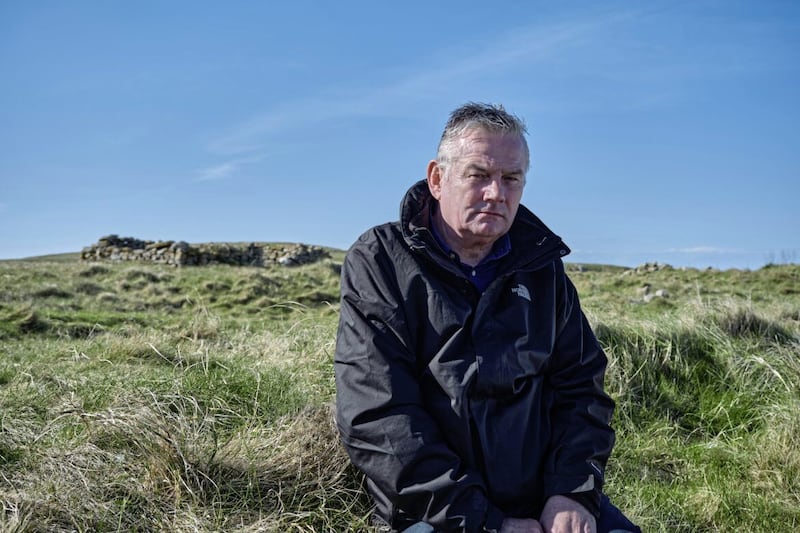
SUICIDE, tragic accident, or elaborate escape plan? No-one knows what really happened to ace American archaeologist and Harvard art history professor Arthur Kingsley Porter on the evening of July 8 1933, when the 50-year-old Massachusetts-born millionaire vanished without trace from the tiny Gaeltacht island of Inishbofin.
Kingsley was last seen alive by his wife Lucy when he went for a walk near the fisherman's cottage they kept on a mostly uninhabited section of the island, which is situated just off the Donegal coast, around two miles from Magheraroarty and around 20 miles away from the well-to-do couple's home at Glenveagh Castle in the Derryveagh mountains.
Having purchased the castle for £5k in 1929, the couple had been living there while Kingsley, a renowned archaeologist and architecture expert who hailed from a hugely wealthy family in the US, completed his study of Irish high crosses.
When he failed to return from his walk on Inishbofin and searches of the surrounding area and coastline eventually proved fruitless, Lucy returned to the mainland, where she was heard to say: "Kingsley will not return tonight – Kingsley will never return."
While initial press reports suggested that the American may have boarded a small boat which was sunk in a storm that night, no body was ever recovered. An inquest – the first held in the Irish State without a body – accepted Lucy's opinion that Kingsley slipped from the Inishbofin cliffs and was washed out to sea.
However, Kevin Magee's TG4 documentary uncovers new evidence which lends significant weight to alternative scenarios: some have theorised that Kinglsey's demise may not have been accidental, while Inishbofin locals and his own family feel that the internationally known Harvard professor may have staged his 'death' in order to escape a looming scandal which threatened to ruin his life.
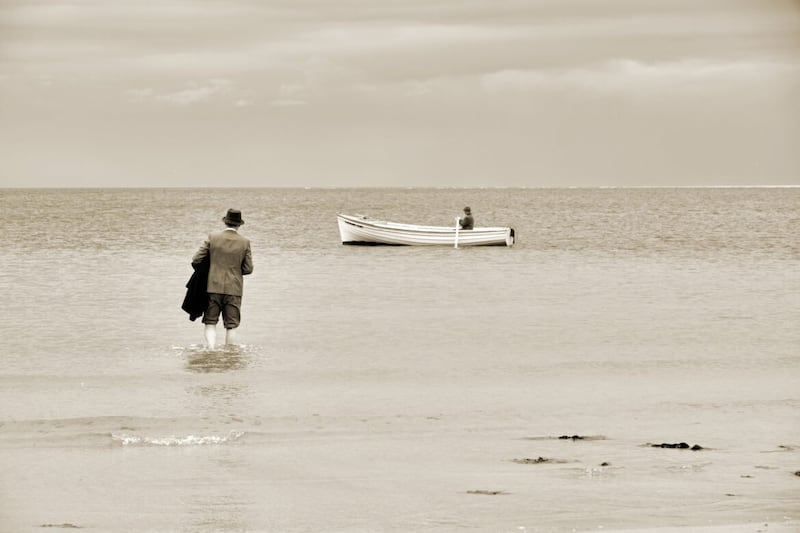
"What I believe happened... is that he faked his own death," explains the American's grand-nephew Scott Arneill in the hour-long programme, which combines contemporary interviews with archive finds and dramatic reconstructions of the events leading up to that fateful night.
Directed by Méabh Fields, it finds former BBC Northern Ireland investigative journalist Magee travelling from the Co Donegal Gaeltacht to Boston and London in search of the truth behind Arthur Kingsley Porter's disappearance.
Last year, a memorial was unveiled on Inishbofin to all those 'lost at sea' off the island's coast. Significantly, the name of the most famous person to vanish there does not appear on it.
"That was a gift from a film-making point of view," admits Downpatrick-based Magee, a fluent Irish speaker whose previous Irish language documentary, Lá i 1916, screened on BBC Two in 2021.
"A memorial erected on the island to all the people who were lost at sea, in and around the island, and Kingsley Porter's name isn't on it. You couldn't have hoped for a better kind of springboard into the rest of the story – like, why isn't his name on it? He's the best known person who supposedly disappeared from the island. And there's no mention of him."
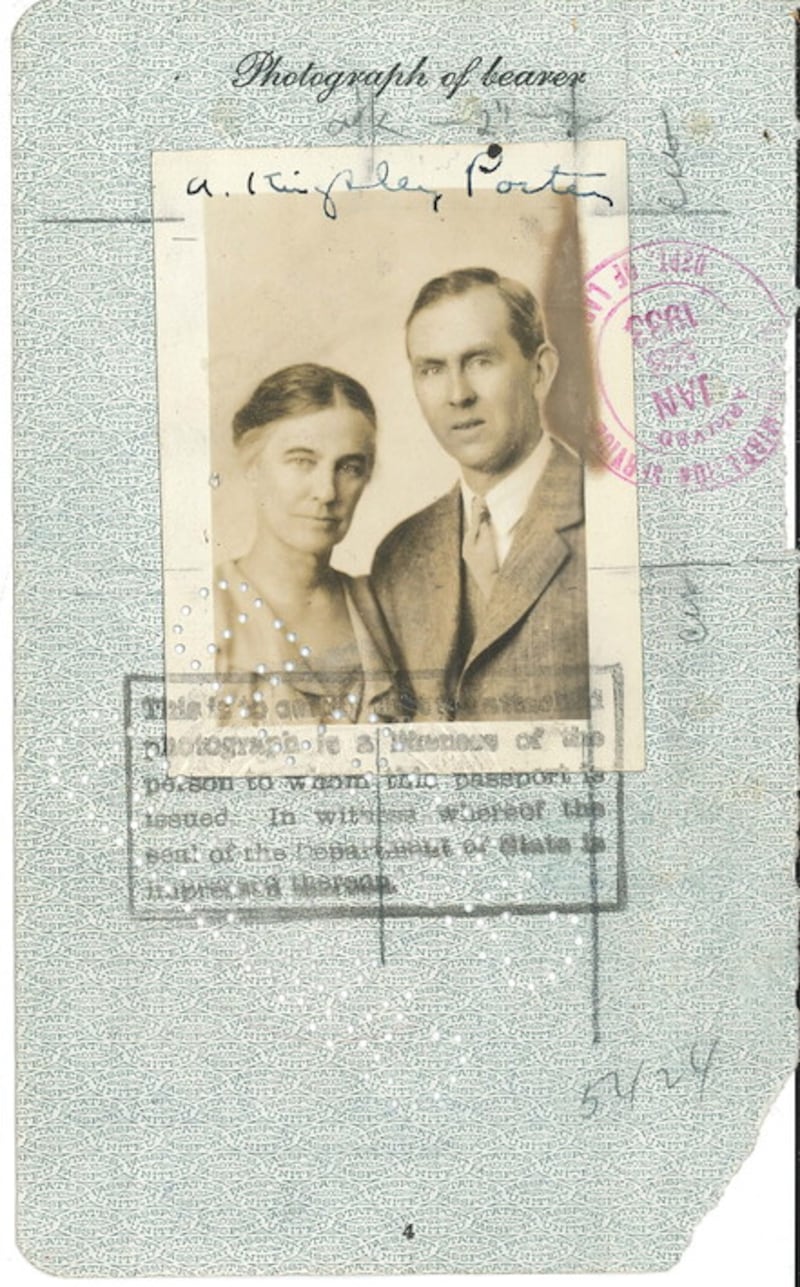
Indeed, the omission is in keeping with the prevailing view on Inishbofin that Kingsley did not perish that night in 1933: rumours of sightings in locations as far away as Paris abounded in the years following his disappearance.
"The locals don't really believe that he died, or they don't know for sure what happened to him – therefore, they decided to leave his name off the monument," explains Magee, who interviews one native who actually remembers seeing Kingsley on the island when she was a child.
"Maighread Nic Pháidin might be the last person still alive who actually remembers him," he tells me of his conversation with the Inishbofin nonagenerian, one of the many interviews conducted as Gaelige for the film.
"I spend a lot of time up in the Gaeltacht. I've been back and forth to the island for 20 years now and I know people on the island. And the story of Kingsley Porter is well known there.
"It definitely makes a difference when you can speak Irish when you're talking to people about something like that, because there's a sensitivity about it – the islanders have never wanted anybody to think anything untoward happened to Kingsley. Because it didn't, that was never a suggestion.
"This story has been crying out to be made in Irish because to me that gives it authenticity. This is the language the islanders spoke – what viewers are hearing is what Kingsley Porter was hearing."
He adds: "I knew from the very beginning it was a great story – it has so many different elements and every time you'd find out more you were thinking, 'This honestly reads like fiction'."
Revelations unearthed in the film include the fact that Kingsley may have been under a medieval curse relating to one of his archaeological adventures: an ancient artefact removed without permission from a burial site in Spain to Harvard's museum was eventually handed back to the Spanish authorities on July 8 1933 – the same day he disappeared.
Moreover, the academic was also leading a double life: he was secretly gay in an era when homosexuality was outlawed. The couple were seeing a top London sexologist for advice on Kingsley's 'condition' and he had a younger male lover, Alan Campbell, who lived with them at Glenveagh for an extended period – the trio even travelled between Ireland and the US together, though the clandestine relationship ended shortly before Kingsley disappeared.
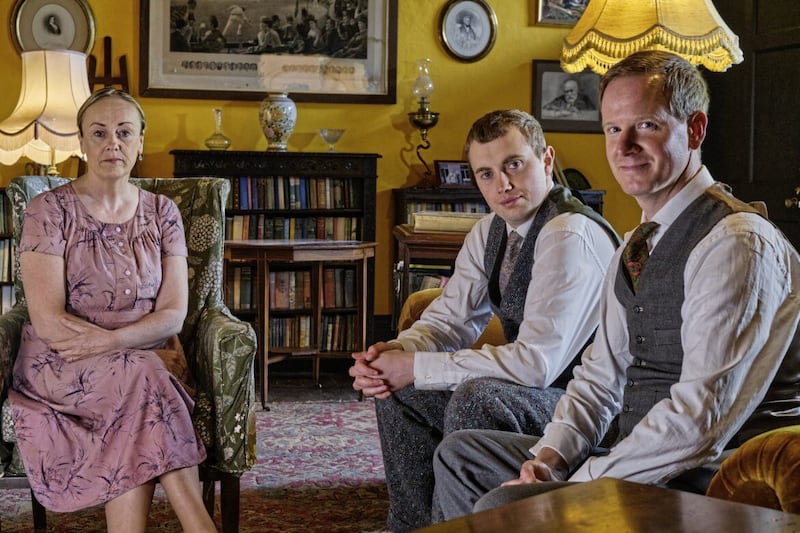
"It was a tragic, tragic time," comments Magee, who is about to start working on an new Irish language current affairs series, Iniúchadh TG4, also with director Méabh Fields.
"There was a purge against gay people in Harvard. He wanted to keep his sexuality a secret and Lucy obviously entered into this agreement with him. Dr Havelock Ellis introduced him to this 20-year-old American, Alan Campbell, as an experiment.
"Unfortunately, we were never able to find any living relative of Alan Campbell, so he's a great loose end. But if you think about that relationship, this was all going on in Glenveagh Castle in pious, holy Donegal in the 1930s, where the local clergy were regular visitors to see Lucy and Kingsley – and there was Alan Campbell in the middle of it all."
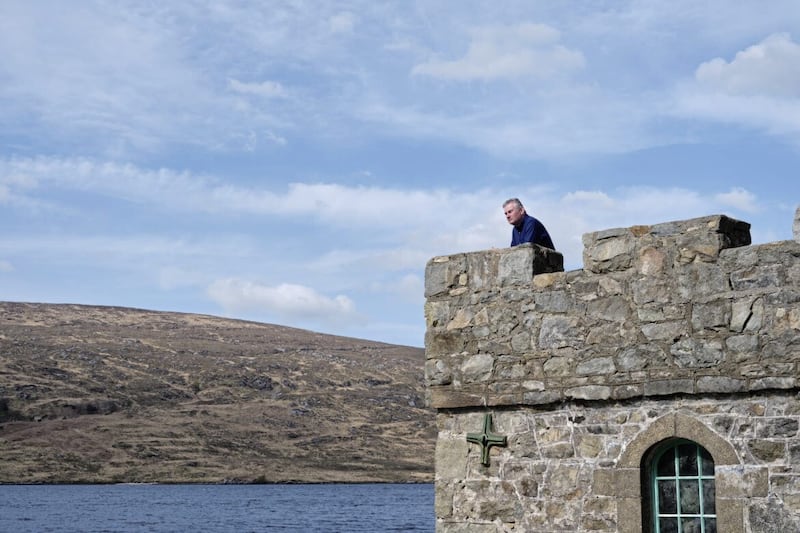
While the documentary reveals at least one person close to the story at the time of Kingsley's disappearance who believes the stress of this secret life led him to suicide, there is also compelling evidence that the American may have hatched an elaborate plot enabling him to escape to a new life via sea.
"Kingsley's grand-nephew Scott Arneill is absolutely convinced that Kingsley faked his own death," says Magee.
"He explains how he was 'a salty New Englander who grew up on Long Island Sound' and that he definitely knew his way around boats and the ocean. He took us to the family memorial where there's an inscription on the plinth saying 'Arthur Kingsley Porter, who disappeared at sea'. The family don't believe he died that night."
While the journalist refuses to be drawn on his own personal view of what happened, it's clear he's sceptical about the official version of events.
"The National Archive in Dublin shows Kingsley changed his will three months before he disappeared, to make Lucy his sole benefactor," he tells me.
"Why did he do that? And in the Harvard archives, there was a long transcription of an interview with Lucy where she talked about a fishing boat that left the island the night before [he disappeared].
"The boat could only be accessed by a small pilot punt, which Kingsley helped the fishermen push out. She said his feet were wet as a result. But why was he helping them? It's not really something he would normally have been involved in.
"He gets his feet wet – so, could he not have jumped into the boat himself and disappeared? And why was there was never any mention of that fishing boat at the official inquest?"
Magee adds: "The whole time I was making this film, I kept thinking I was going to find a letter to Lucy [from Kingsley] written after July 8 1933. Every time you turned over a page in those archives, you were hoping you were going to find the evidence that there was a life after that date.
"There's still a key part of this jigsaw that exists out there, somewhere."
:: Ar Iarraidh – Scéal Arthur Kingsley Porter will be broadcast on TG4 on Wednesday September 7 at 9.30pm.






